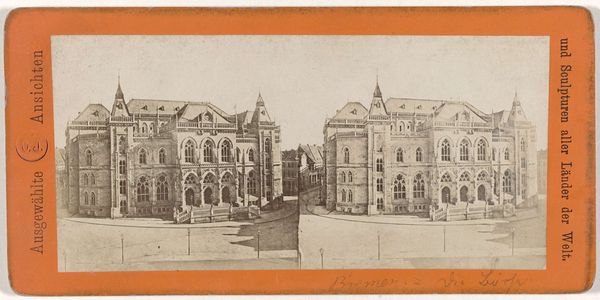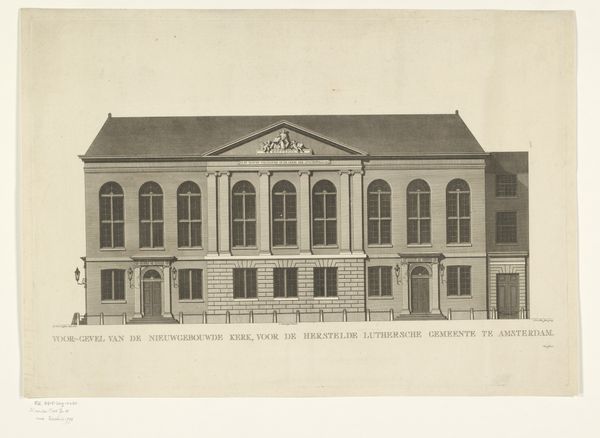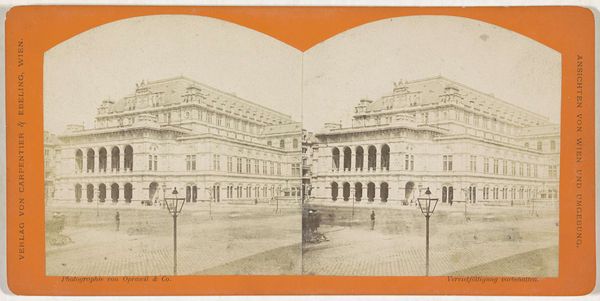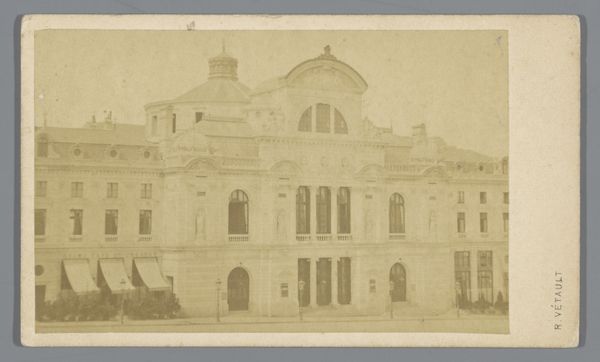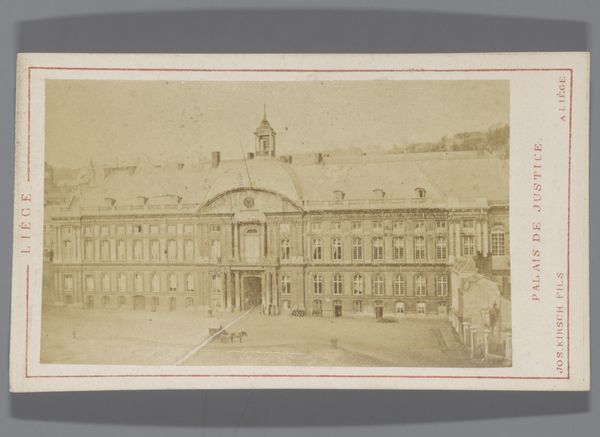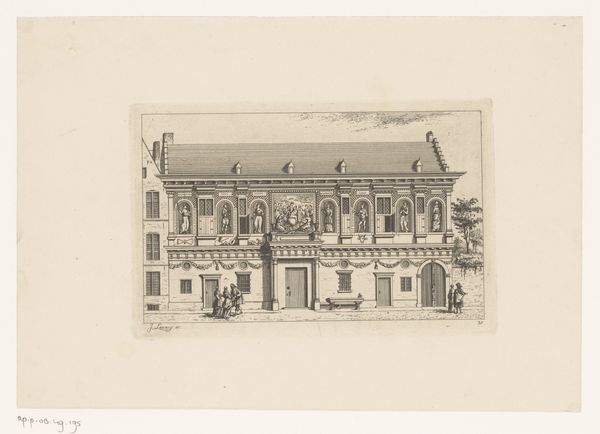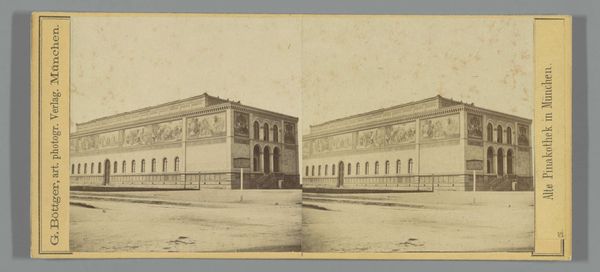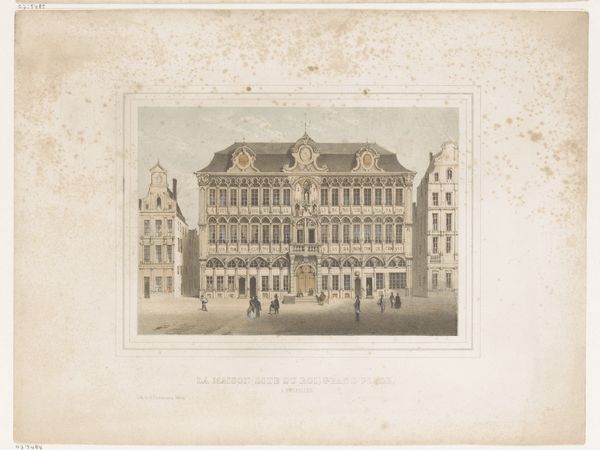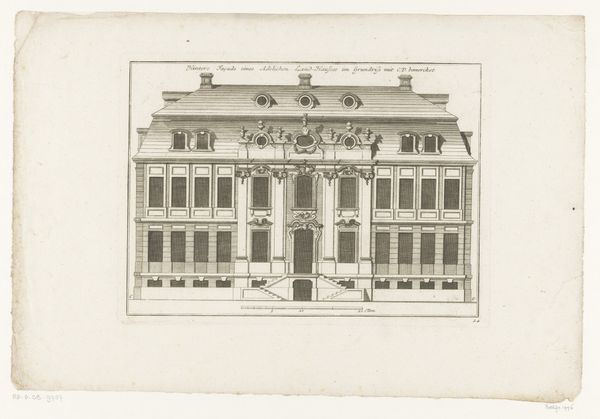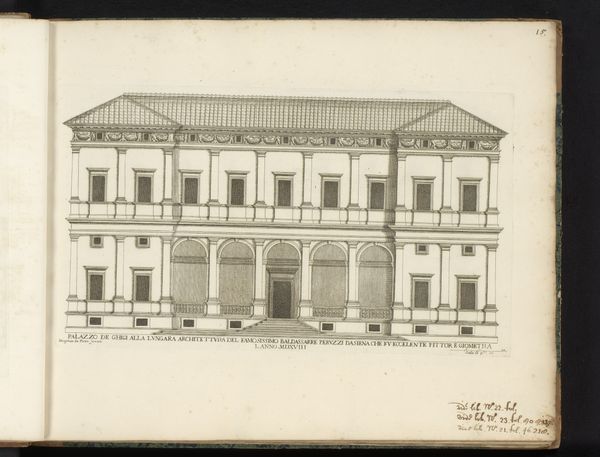
Schillerdenkmal te Hannover, met op de achtergrond de gevel van het Ratsgymnasium c. 1850 - 1875
0:00
0:00
print, photography, architecture
#
16_19th-century
# print
#
photography
#
cityscape
#
architecture
#
realism
Dimensions: height 85 mm, width 170 mm
Copyright: Rijks Museum: Open Domain
Editor: Here we have "Schillerdenkmal te Hannover, met op de achtergrond de gevel van het Ratsgymnasium," taken sometime between 1850 and 1875. It’s a photographic print of a city scene dominated by a large building and a statue of Schiller. What can we learn about this image? Curator: I'm immediately drawn to the photographic process itself. Think about the labour involved in creating this image: the preparation of the photographic plates, the exposure time, the printing process. Consider the distribution of these photographs too - as commodities meant for consumption by a growing middle class. It's more than just a pretty picture of architecture. Editor: That's fascinating. It's easy to just see the building and the statue. But you are right: Someone took time to set up, expose the plate, develop it. Are the buildings also communicating a material message, in a sense? Curator: Absolutely! The choice of building materials speaks to power, permanence, and perhaps civic pride. Also, consider how the industrial revolution impacted architectural techniques and the availability of materials during this period. Were new materials on display here that communicated this societal shift? The monument as well, what are its base materials communicating in contrast with those around it? Editor: It makes you wonder about the quarries and factories providing the stone, and the labor conditions of those workers! Curator: Exactly! It's about understanding the complex network of materials, labour, and capital that went into creating this seemingly simple cityscape photograph. Thinking this way helps us challenge that boundary of ‘art’ versus something built and circulated. What can you take away from understanding an image like this now? Editor: Well, it definitely makes me think twice about how much went into creating art and architecture, about how every object carries a whole social history within it. Curator: Precisely, this photograph acts as a visual artifact of broader socio-economic systems and is not just a depiction of Schiller or some German buildings.
Comments
No comments
Be the first to comment and join the conversation on the ultimate creative platform.

